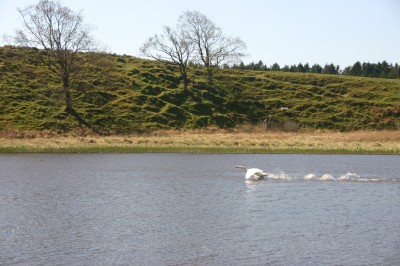 At first
At first
glance it may seem dull and monotonous, boundless and barren with ice and rock
as far as the eye can see. As this time of year, north of the Arctic Circle,
there is not even much difference between day and night. It is light all the
time. 
Gradually,
though, Greenland’s nuances peep through. You start noticing the variety of
tiny and hardy flowers that brave the harsh northern climate and eke out their
living on a meagre layer of soil. You revel in the delights of dining on seal,
muskox, caribou, whale, ammassat (capelin) and scrumptiously fresh halibut. You
discover the many shades and forms that water and ice can take. You delight in
the endless days with their ever-changing sky and varying light. And you pride
yourself on getting your tongue around the Greenlandic place names and a few of
the words.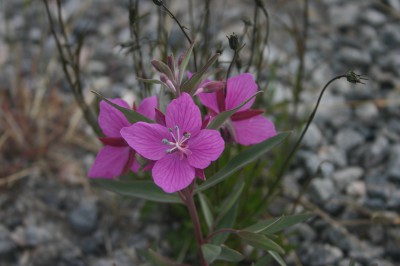
West Greenland
grows on you. The wild and untamed nature. The friendly people. The furry dogs,
and the tasty local delicacies. Let me tell you about my adventure at the
height of the Arctic summer in this fascinating land of ice and rock. 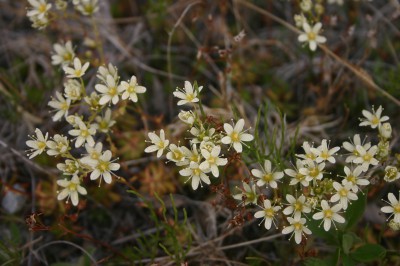
My first
stop from Denmark is Kangerlussuaq (previously called Sønder Strømfjord). With
a population of about 500 people this town is about as unexciting as a town can
be. The houses and other buildings look like overgrown shipping containers and
have charmless addresses like “”Block 7” or “SS-00-32”. Some buildings are difficult to discern if they are in use and for what purpose. Crumbling sidewalks
lead to nowhere. Mosquitoes abound.

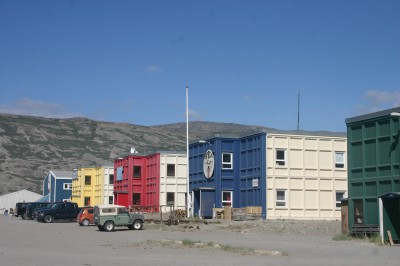

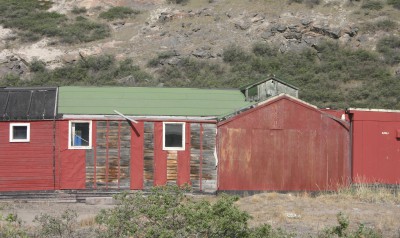
Kangerlussuaq
was established in 1941 as an American Air Force base and the air force guys
certainly did not waste any efforts on prettying it up. There is a distinctly masculine
and utilitarian feel to the place. Is functional, basic and rather bleak.
Kangerlussuaq
has good and stable visibility conditions, so the airport has been central for
both military and civilian air traffic, and that is what put Kangerlussuaq on
the map to start with.
The upside
is that everything is within reach. A five-minute walk from the airport brings
me to the youth hostel that also houses a little souvenir shop. From our picnic area I can see the planes in the airport. For dining I stroll
back to the airport that has both a cafeteria (muskox stew – yum!) and a rather
pricey gourmet restaurant. 
A mountain
looms up behind Kangerlussuaq, while the other side of town is bordered by a fjord
that is fed with glacial meltwater. I go for walks in all the directions I can
manage without resorting to mountain climbing and delight in the variety of
flowers and birds that for the most part are new to me. The landscape is rock,
rock and more rock.  What, then,
What, then,
brings tourists like me to stay in Kangerlussuaq instead of flying onwards? The
Greenland Ice Sheet is what – and this is what I will tell you about in the
next travel blog so stay tuned!

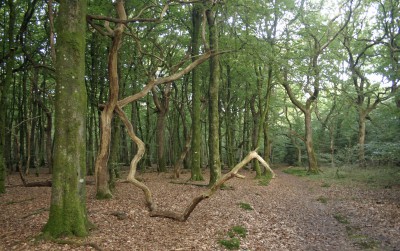





 Later on, I meet a wild deer and then a
Later on, I meet a wild deer and then a

 Sunny days with dappled light
Sunny days with dappled light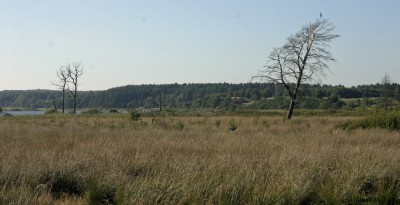




 To
To

 With the meagre energy I have left I wander around and look at the buildings, enjoying the details of the masonry and ironwork. They knew how to construct lasting buildings in those days!
With the meagre energy I have left I wander around and look at the buildings, enjoying the details of the masonry and ironwork. They knew how to construct lasting buildings in those days!




 I continue my ramble northwards, passing by more burial mounds and through oak forests, moors and farmland.
I continue my ramble northwards, passing by more burial mounds and through oak forests, moors and farmland. 



 The route changes
The route changes We leave the farm
We leave the farm


 We wander through cathedrals of pine
We wander through cathedrals of pine

 The next part of the hike I walk alone for two days, totaling
The next part of the hike I walk alone for two days, totaling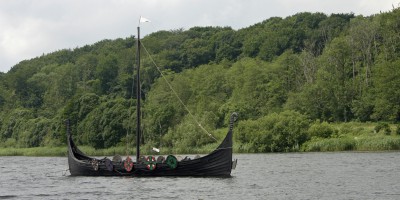 Jelling is where pagan Viking gods meet Christianity
Jelling is where pagan Viking gods meet Christianity
 Let’s start with the burial mounds. The biggest of
Let’s start with the burial mounds. The biggest of
 The stone also has Scandinavia’s oldest picture of
The stone also has Scandinavia’s oldest picture of







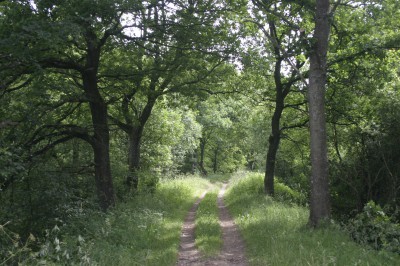 I think it is best at this time of year,
I think it is best at this time of year,
 We see deer and hares, cattle and cows, free-range pigs, vineyards, and fields with barley, rapeseed, wheat and rye before reaching the southern outskirts of the town of Jelling.
We see deer and hares, cattle and cows, free-range pigs, vineyards, and fields with barley, rapeseed, wheat and rye before reaching the southern outskirts of the town of Jelling. 

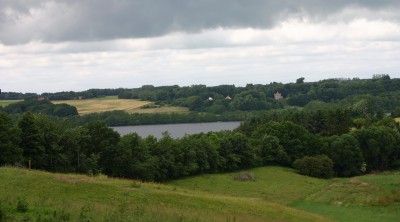

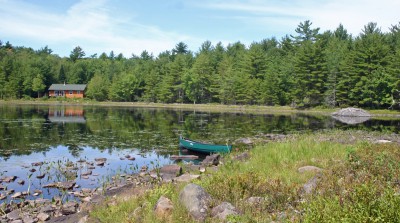
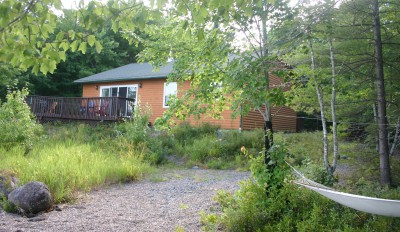
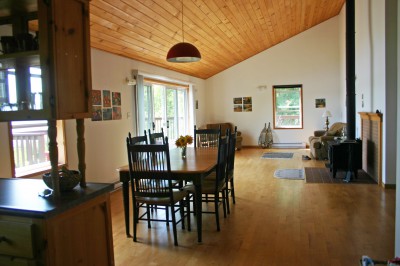
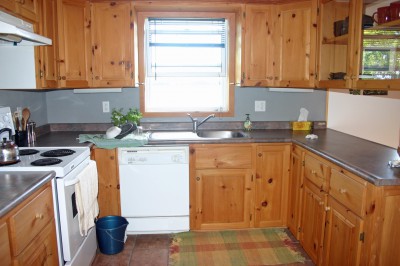
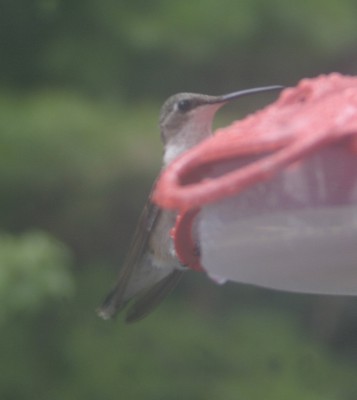
 I train a chipmunk to come closer and closer to me until finally, after
I train a chipmunk to come closer and closer to me until finally, after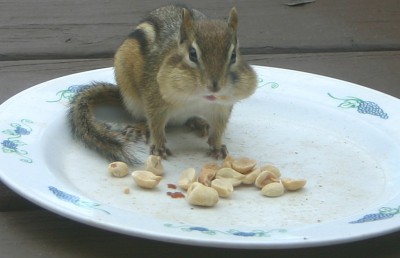
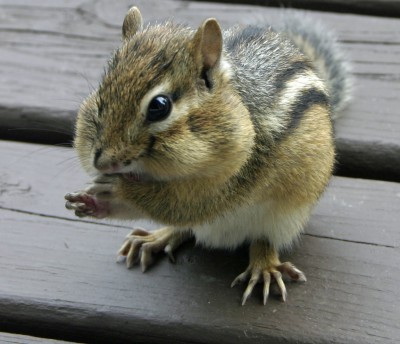
 Another day I spot a couple of deer by the edge
Another day I spot a couple of deer by the edge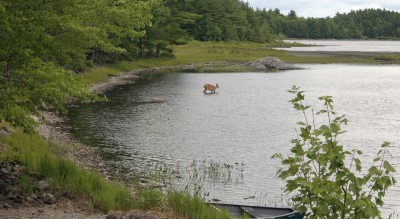
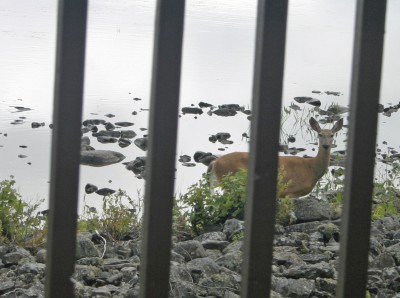
 But I am constantly drawn to the veranda, where I stand and look out on the lake, if not at some animals, then the stunning sunrise or the reflection of a full moon shimmering on the water, or the morning mist rising mystically from the calm morning waters.
But I am constantly drawn to the veranda, where I stand and look out on the lake, if not at some animals, then the stunning sunrise or the reflection of a full moon shimmering on the water, or the morning mist rising mystically from the calm morning waters. 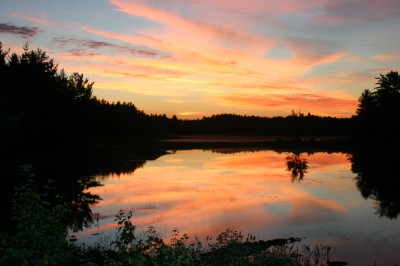
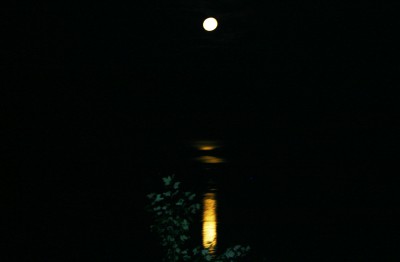
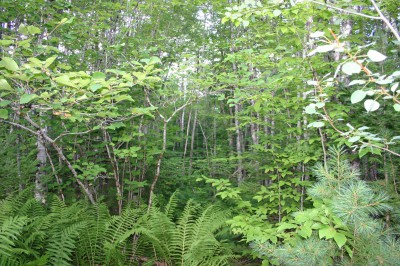
 Wanting to
Wanting to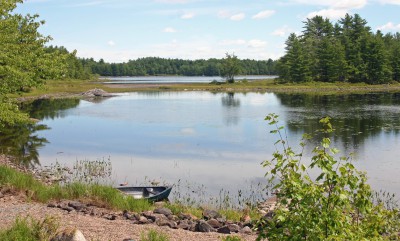
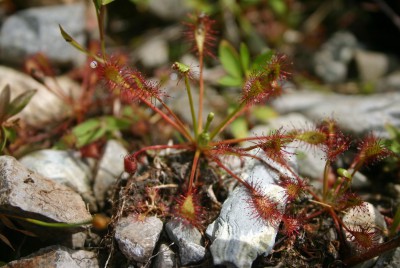
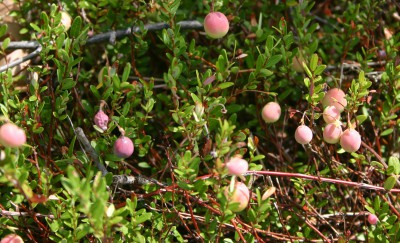
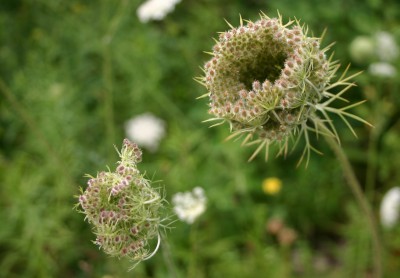
 In the calm
In the calm
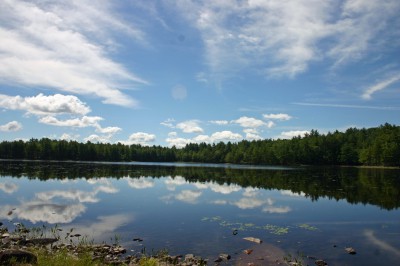
 In between it all I go for walks further down the road. I am told I should
In between it all I go for walks further down the road. I am told I should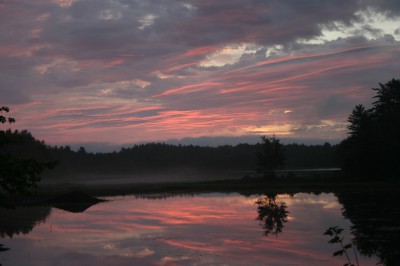

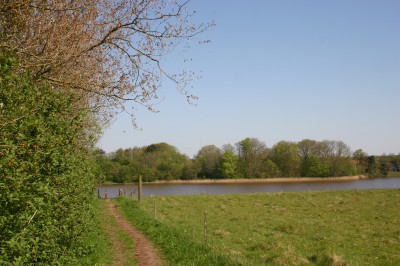
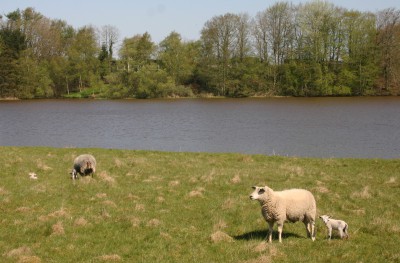







 As I walk
As I walk